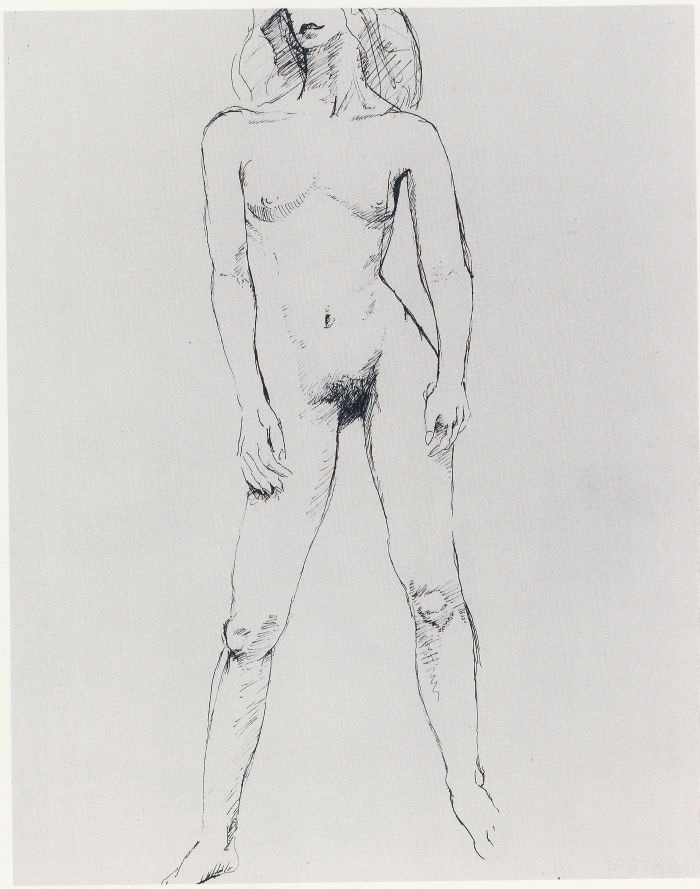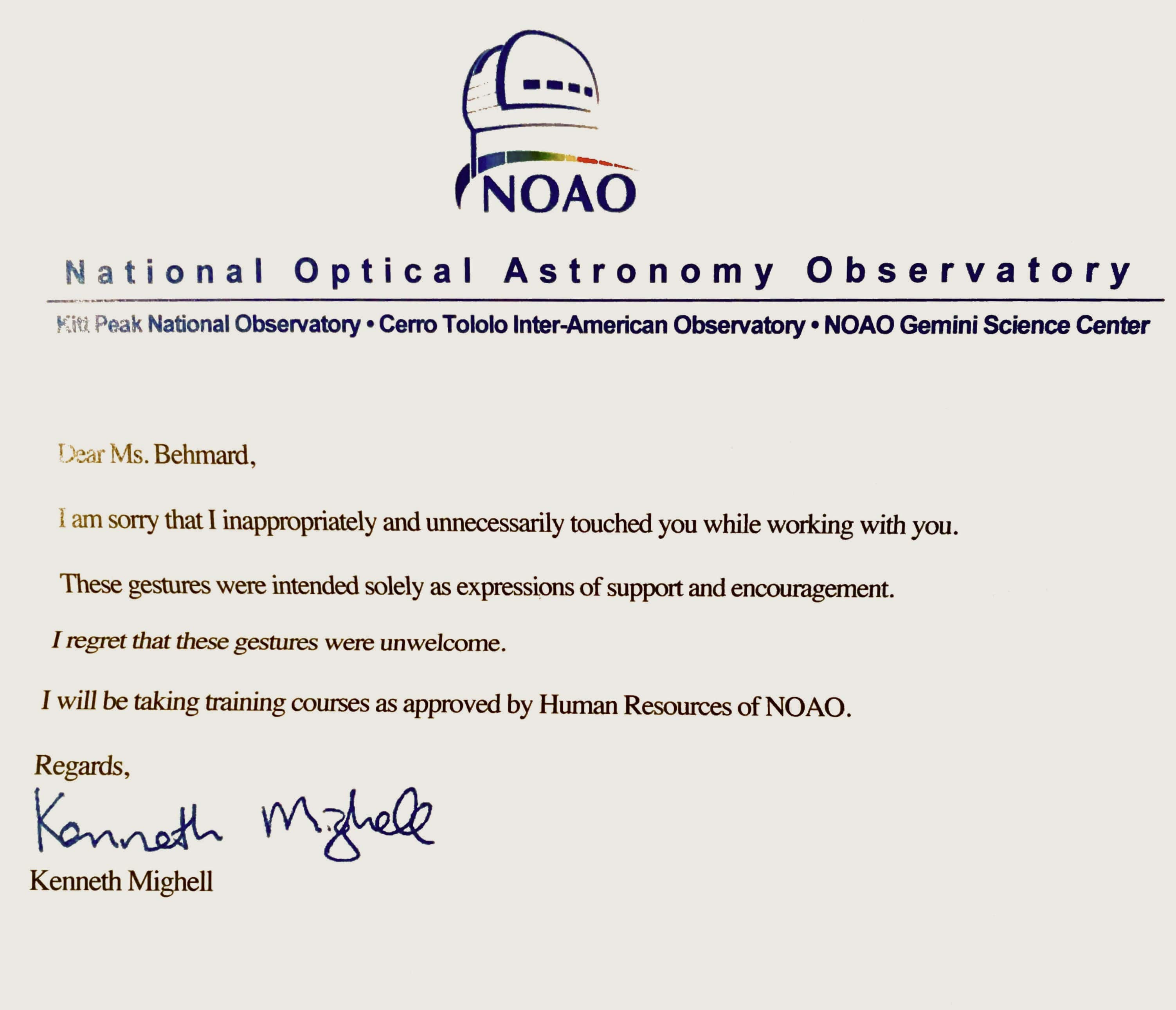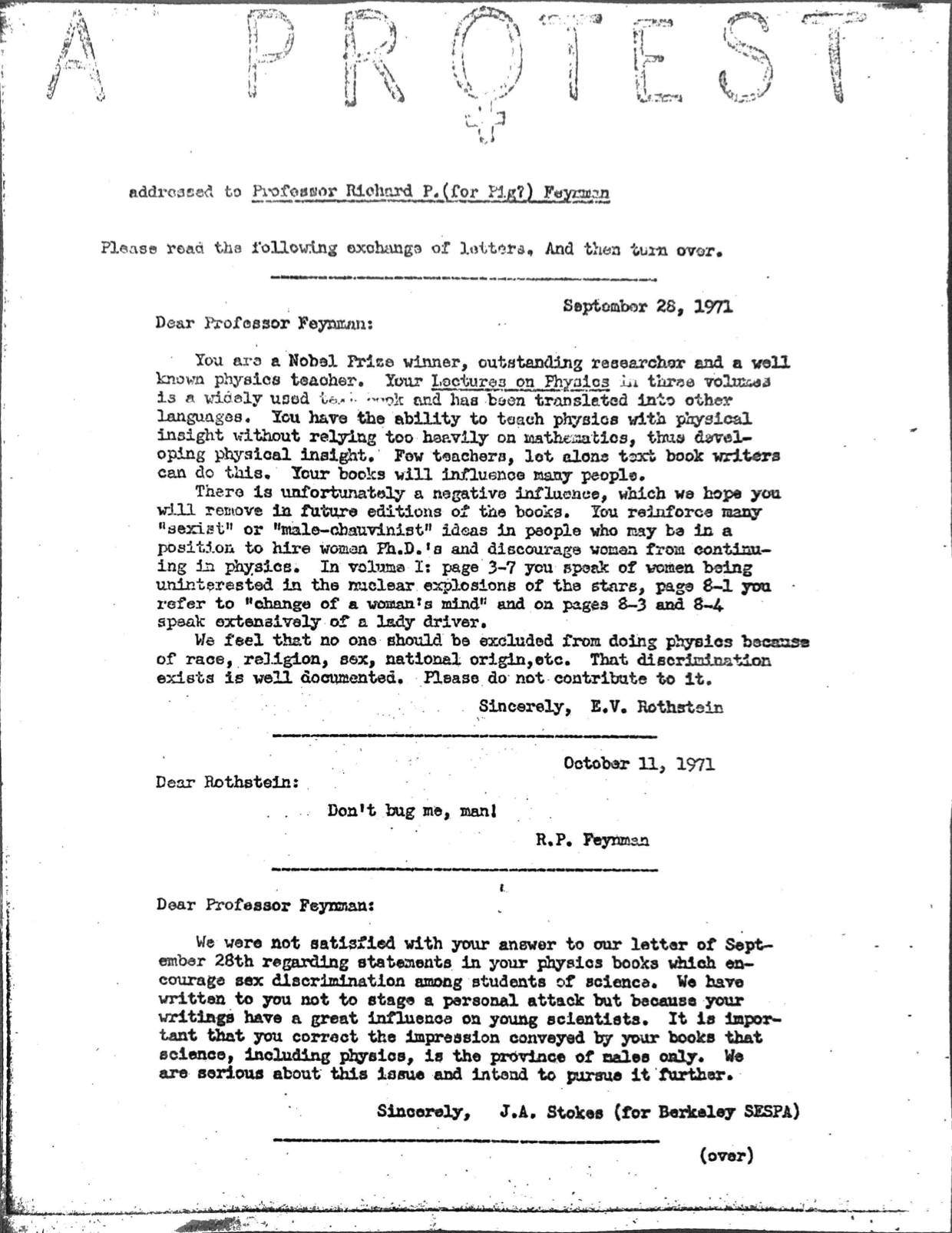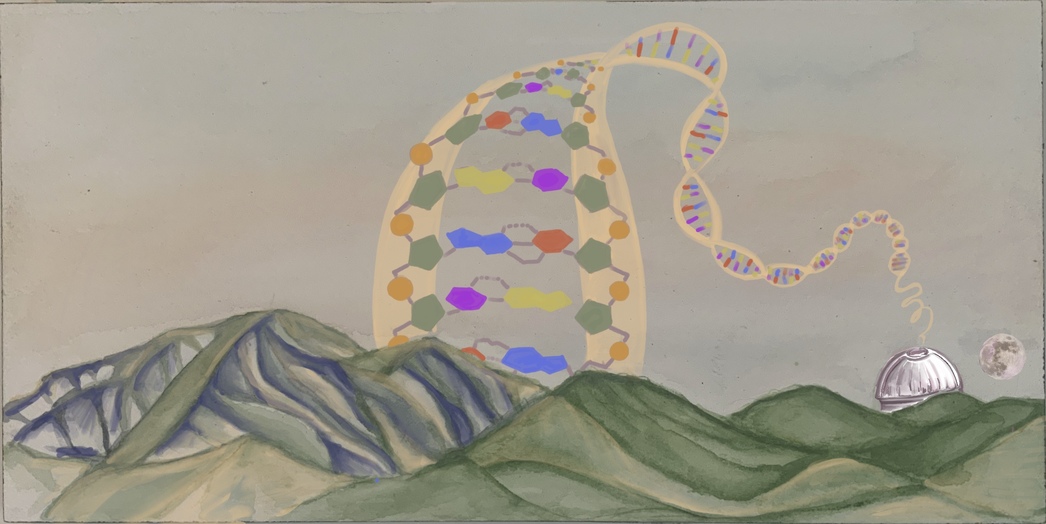Viewpoint articles are a vehicle for members of the Caltech community to express their opinions on issues surrounding the interface of science and society. The views expressed here do not necessarily reflect the views of Caltech or the editorial board of Caltech Letters. Please see our disclaimer.
Content note: this article contains discussion of sexual harassment.
When family friends heard that I wanted to be a physicist, I was gifted not one but two copies of “Surely You’re Joking, Mr. Feynman!”: (Adventures of a Curious Character). Mainly autobiographical, Surely You’re Joking is a collection of anecdotes from the physicist Richard Feynman that span his youth, work on the Manhattan project, and experiences as a Caltech professor in the 60’s and 70’s, at which point he was well-established as one of the greatest minds of the 20th century.
At 15, when I received the books, I was nerdy and deeply committed to a vision of becoming a great scientist. Feynman was certainly great. His contributions to physics cannot be overstated—they were nothing less than transformative to the field. I believed that his writings would be a window into the mind of an indisputable genius, and provide guidance on how to develop an objective and ethical mindset in the true spirit of science. Because after all, doesn’t vast knowledge translate to wisdom?
Surely You’re Joking doesn’t go into much detail on Feynman’s extensions to quantum electrodynamics or quark theory. Instead, he recounts becoming a radio repairman at age 12, wisecracking his way through the required humanities courses at MIT, and picking the locks on safes containing atomic secrets at the Los Alamos Manhattan project site. There are also anecdotes about frat brothers teaching him how to pick up girls, impressing women with his bongo drum skills, and hitting on the visiting wives and sisters of his peers in graduate school.
I read with growing unease to the book’s halfway point, where Feynman describes his frustrations with the girls at an Albuquerque nightclub near Los Alamos1:
I adopted the attitude that those bar girls are all bitches, that they aren’t worth anything, and all they’re in there for is to get you to buy them a drink, and they’re not going to give you a goddamn thing; I’m not going to be a gentleman to such worthless bitches, and so on. I learned it till it was automatic.
I was shocked, but still found it hard to condemn my hero. Besides, Feynman is considered the ultimate offbeat, free-wheeling physicist, judged as eccentric and often rude by his colleagues; his behavior towards women, I reasoned, must be a weird one-off—there’s no way it can be prevalent in the scientific community today.
I maintained this false optimism until I was sexually harassed during my first research internship at the National Optical Astronomy Observatory (NOAO). I arrived eager to apply my college physics courses to the task at hand—searching for supermassive black holes surrounded by bright halos of matter known as active galactic nuclei. The research was fascinating, but I had to contend with something else. Over the summer, the staff scientist appointed as our program director conducted a careful campaign of isolating the female students in the program—getting us alone within the research facility and on trips to telescope observatories in remote locations—to solicit inappropriate and unwanted physical contact. He would enter our lab space and disturb our work with long sermons on his connections to illustrious institutions like Caltech, heavily dropping hints that he could put in a good word when we applied to graduate school if we impressed him. Once, on the pretense of looking at another intern’s code on her computer screen, I witnessed him lean towards her and rest his head on her shoulder for several minutes. This is one of the milder incidents of harassment we dealt with, but I am not comfortable recounting anything more explicit.
At the end of the internship I spoke with the other female students about what we had experienced. We all agreed that if this treatment of women was standard for physics and astronomy, we would search for jobs outside of science. This kind of harassment often forces women out of academia.
I am now a planetary science graduate student at Caltech where I research exoplanets—planets outside our Solar System that orbit stars other than the sun. But though my work has strayed from pure physics, Feynman’s presence is inescapable no matter what you study here. His books grace the shelves of my professors and his likeness is displayed in the form of countless statues, murals, and posters across campus. For over two years, I received weekly emails advertising “The Mind’s Eye: Richard Feynman in Word and Image,” a Caltech Archives exhibition of his lecture notes and visual materials celebrating 100 years since his birth. The student meal plan was named after him. And among the alumni and students, he has achieved cult-level adoration—at Caltech, Feynman is undeniably a giant.

Bas-relief celebrating Richard Feynman displayed above an entrance to Dabney Hall, an undergraduate residence at Caltech.
Either I had misjudged Feynman, or others weren’t judging him enough. I borrowed a copy of Surely You’re Joking from the Caltech library (there are 11 available) to investigate. In my second reading, I learned that Feynman enjoyed doing research at topless bars near Caltech, where he also picked up a habit of drawing nude portraits of women.1 Many of his later nude models were his students.1 I also learned that when he was a professor at Cornell, he regularly pretended to be a student to convince undergraduates to sleep with him.1,2
I was most unsettled by a story1 about one of his nude portraits, featuring, in his words, “a beautiful blonde model” to which he gave the title “Madame Curie3 Observing the Radiations from Radium.”
…The message I intended to convey was, nobody thinks of Madame Curie as a woman, as feminine, with beautiful hair, bare breasts, and all that. They only think of the radium part.
Why was I so bothered by this amidst the other accounts of harassment and discrimination? I realized that throughout my growing disappointment with Feynman, I still clung to the belief that he reserved some measure of respect for his fellow scientists, regardless of their gender or other characteristics. But now I was forced to consider that he likely regarded all women (even two time Nobel Prize winners) as little more than objects for his shallow enjoyment, who served no purpose beyond acting as ‘muses’ for his own great scientific endeavors. Sexism in any context is unacceptable, but for me, this case hit especially close to home.

“Cathy McAlpine Myers,” a separate nude drawing by Richard Feynman, 1975.
Richard Feynman.
Why should we care about the bad behavior of a brilliant physicist who died more than thirty years ago? Why can’t we separate Feynman’s scientific achievements from his other actions, and write off his sexism as a product of its time? Because the power structures that enabled Feynman’s sexism then are the same ones that now allow us to forget his conduct, remembering him only as a great scientist. They let famed astronomer Geoff Marcy engage in decades of sexual predation in his field and permitted Caltech to preserve Christian Ott’s professorship after he harassed his female students. And now, they allow Caltech professors to continue defending Ott to my peers and me, claiming that the female students who endured his inappropriate and discriminatory behavior “ruined his career.”
For female scientists, sexual harassment remains a common experience. A study by the National Academy of Sciences reports that in academic science, engineering, and medicine, more than 50 percent of female faculty/staff and 20-50 percent of female students at all levels have experienced harassment.4 These numbers are significantly higher for women of color.4,5 One of my closest friends at Caltech participated in the same NOAO internship as me the following year and was harassed by the same program director because our complaints that year weren’t taken seriously enough to warrant assigning another scientist to the position.

A letter I received from the program director at the end of the summer, following a fruitless investigation with NOAO human resources.
Aida Behmard
None of this is to paint Feynman as a villain; on some level I can understand his enduring popularity. A great teacher and scientific communicator, he is also proof that nerdy men can be funny, popular, and (reputedly) successful with women, and is perhaps idolized for these attributes as much as for his accomplishments in physics. In spite of his sexism, he encouraged his younger sister’s interest in science when their parents did not. Joan Feynman is now a solar astrophysicist who spent the bulk of her career at NASA. He also dealt with significant discrimination while climbing the scientific ivory tower in the 30’s and 40’s, which was then characterized by strong antisemitism.
But we must consider Feynman in all his manifestations—a brilliant scientist, but also a narcissist whose sexist behavior did undeniable harm. And while his contributions to physics are immense, it is worth considering that science is not, nor has it ever been, a level playing field. It is unlikely that Feynman would have been able to make the scientific strides he did if he had been born a hundred years earlier, when antisemitism would have barred him from elite academic spaces entirely. In the same vein, it is possible that someone else would have made Feynman’s discoveries decades before him if the world were truly fair. Perhaps it would have been a woman.

“It is important that you correct the impression conveyed by your books that science, including physics, is the province of males only.” A critical letter addressed to Feynman in 1971, previously on display at the Caltech Archives exhibition, “The Mind’s Eye: Richard Feynman in Word and Image.”
Caltech Archives
Why do we bemoan the exit of sexual harassers, and those who otherwise harm their colleagues, from the scientific community? Instead, we should mourn the loss of all the promising scientists that they forced out, whose contributions will never be known. It is time that Caltech reconsider its uncritical celebration of a tainted idol while failing to combat harassment and discrimination. Otherwise, we remain an institution that actively discourages women and other marginalized individuals from entering and remaining in STEM fields. We must condemn harassment and discrimination, wherever they occur—our lab meetings, our conferences, our scientific spaces. Shifting this toxic culture will require concerted effort from both institutions and the individuals who compose them. It is the only way that we will move science towards becoming a stronger, more prolific, and more equitable community.
Cover Image: The Nobel Foundation
References
1: Feynman, Richard P. (Richard Phillips), “Surely You’re Joking, Mr. Feynman!”: Adventures of a Curious Character. New York: W.W. Norton, 1984-1985. Print.
2: Gleick, James. Genius: The Life and Science of Richard Feynman. New York: Vintage Books, 1993. Print.
3: ‘Madam Curie’ refers to Marie Curie, the famous Polish chemist and physicist, and the only person ever to win Nobel prizes in two different scientific disciplines.
4: National Academies of Sciences, Engineering, and Medicine. 2018. Sexual Harassment of Women: Climate, Culture, and Consequences in Academic Sciences, Engineering, and Medicine. Washington, DC: The National Academies Press.
5: Clancy et al. Double jeopardy in astronomy and planetary science: Women of color face greater risks of gendered and racial harassment. Journal of Geophysical Research: Planets. 2017.




